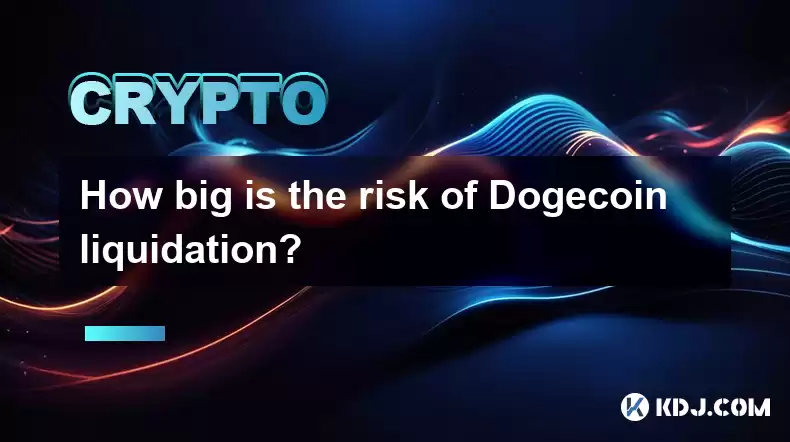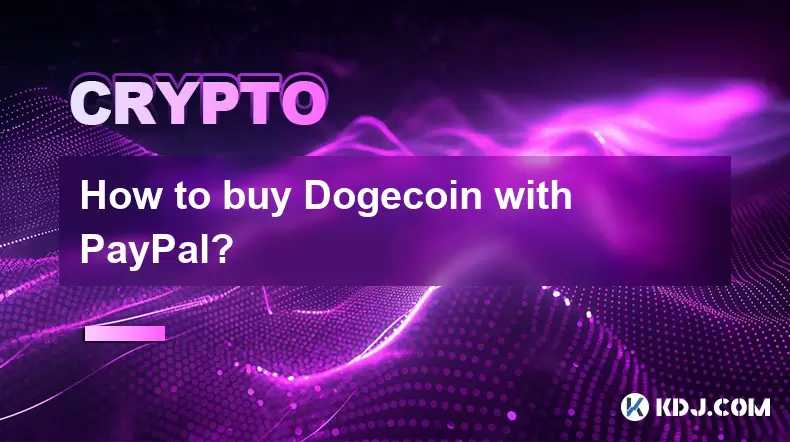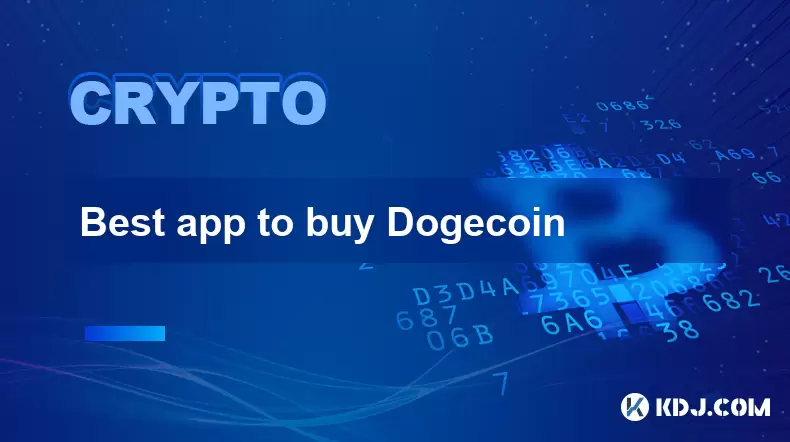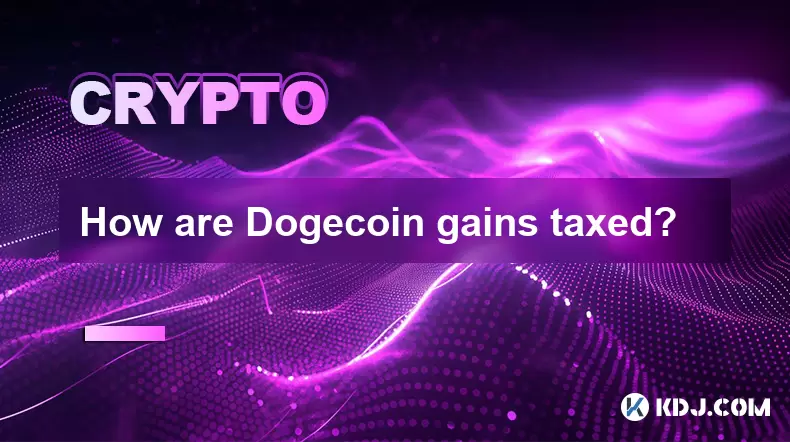-
 Bitcoin
Bitcoin $117900
0.31% -
 Ethereum
Ethereum $3766
0.28% -
 XRP
XRP $3.176
-0.31% -
 Tether USDt
Tether USDt $1.000
0.00% -
 BNB
BNB $795.6
1.51% -
 Solana
Solana $186.8
-1.09% -
 USDC
USDC $0.9999
-0.01% -
 Dogecoin
Dogecoin $0.2353
-1.33% -
 TRON
TRON $0.3226
1.49% -
 Cardano
Cardano $0.8172
-1.08% -
 Sui
Sui $4.178
3.06% -
 Hyperliquid
Hyperliquid $43.05
-3.39% -
 Stellar
Stellar $0.4367
-0.57% -
 Chainlink
Chainlink $18.62
1.47% -
 Hedera
Hedera $0.2828
6.63% -
 Bitcoin Cash
Bitcoin Cash $584.7
5.65% -
 Avalanche
Avalanche $24.81
2.53% -
 Litecoin
Litecoin $112.8
-0.88% -
 UNUS SED LEO
UNUS SED LEO $8.975
-0.08% -
 Shiba Inu
Shiba Inu $0.00001395
-1.07% -
 Toncoin
Toncoin $3.285
-1.05% -
 Ethena USDe
Ethena USDe $1.001
0.01% -
 Polkadot
Polkadot $4.123
0.76% -
 Uniswap
Uniswap $10.49
-0.18% -
 Monero
Monero $326.5
0.14% -
 Dai
Dai $0.9999
-0.02% -
 Bitget Token
Bitget Token $4.576
0.34% -
 Pepe
Pepe $0.00001247
-1.55% -
 Cronos
Cronos $0.1400
3.77% -
 Aave
Aave $295.1
-0.73%
How big is the risk of Dogecoin liquidation?
Dogecoin's volatility and lack of intrinsic value heighten liquidation risks, especially for leveraged traders. Understanding margin trading, exchange policies, and employing diversification & risk management strategies are crucial for mitigating these risks.
Feb 28, 2025 at 02:01 pm

How Big is the Risk of Dogecoin Liquidation?
Key Points:
- Dogecoin's inherent volatility significantly contributes to liquidation risk, especially for leveraged positions.
- The lack of fundamental value backing Dogecoin makes it highly susceptible to market manipulation and sudden price crashes.
- Exchange policies and individual trader risk tolerance levels play a crucial role in determining the likelihood of liquidation.
- Understanding margin trading and its inherent risks is vital for mitigating Dogecoin liquidation risk.
- Diversification of holdings and responsible risk management strategies are crucial for reducing overall exposure.
Exploring the Risk of Dogecoin Liquidation:
Dogecoin, the meme-inspired cryptocurrency, has experienced wild price swings since its inception. This volatility, coupled with its lack of intrinsic value, creates a significant risk of liquidation for traders employing leveraged positions. Liquidation, in this context, refers to the forced sale of an asset by a lender or exchange to cover losses incurred by a borrower who fails to meet their margin call requirements. Understanding the factors contributing to this risk is crucial for anyone considering trading Dogecoin, particularly with leverage.
- The Volatility Factor: Dogecoin's price is notoriously volatile. News cycles, social media trends, and even celebrity endorsements can cause dramatic price fluctuations in short periods. These sudden swings can quickly wipe out the equity in a leveraged position, triggering a margin call. A margin call is a demand from a lender or exchange for additional funds to cover potential losses. If the trader cannot meet this margin call, their position is liquidated—the assets are sold to cover the debt. The speed and magnitude of these price movements leave little room for reaction, increasing the likelihood of liquidation, especially for those holding large, leveraged positions. The unpredictable nature of Dogecoin's price action means even seasoned traders can find themselves on the wrong side of a sudden market shift, leading to unexpected liquidation. Furthermore, the thin order book characteristic of some altcoins like Dogecoin exacerbates the situation; during a sharp downturn, there might not be enough buyers to absorb the selling pressure, resulting in further price drops and increasing the likelihood of cascading liquidations. This phenomenon creates a self-reinforcing cycle that amplifies the risk. Consider, for instance, a scenario where a trader holds a 5x leveraged long position in Dogecoin. A 20% drop in price would wipe out their entire equity, triggering a liquidation. This scenario highlights the inherent dangers of leveraging Dogecoin.
- Lack of Fundamental Value: Unlike some cryptocurrencies with underlying technology or projects driving their value, Dogecoin lacks a strong fundamental basis. Its value is largely driven by speculation and market sentiment. This makes it extremely susceptible to manipulation and sudden price crashes. A coordinated effort by a group of traders to sell Dogecoin en masse could trigger a significant price drop, resulting in widespread liquidations among those holding leveraged positions. The absence of tangible assets or revenue streams supporting Dogecoin’s price means its valuation relies heavily on market psychology, which can be volatile and unpredictable. This makes it vulnerable to speculative bubbles and subsequent crashes, significantly increasing the risk of liquidation for those involved in margin trading. The lack of a robust underlying project or technology also limits the ability of fundamental analysis to predict price movements, making technical analysis the primary tool, which itself can be unreliable in highly volatile markets. The absence of a strong fundamental basis essentially translates to increased risk and heightened chances of liquidation.
- Exchange Policies and Trader Risk Tolerance: Different cryptocurrency exchanges have different margin call mechanisms and liquidation policies. Some exchanges may have stricter margin requirements or faster liquidation processes than others. Understanding these policies is crucial for mitigating liquidation risk. Furthermore, individual trader risk tolerance levels play a significant role. A trader with a higher risk tolerance might be more willing to hold leveraged positions in Dogecoin, accepting the higher chance of liquidation. Conversely, a more risk-averse trader might avoid leveraged trading altogether or employ more conservative strategies to minimize their exposure. The margin requirements set by exchanges directly impact the level of risk. A higher margin requirement necessitates a larger initial investment to maintain a leveraged position, reducing the likelihood of liquidation. However, higher margin requirements also reduce the potential leverage and profits. Understanding the specific policies of the exchange used is crucial for assessing the individual risk profile. The speed at which liquidations are executed also matters. A faster liquidation process leaves less time for traders to react and potentially add more margin to prevent the forced sale of their assets. This highlights the importance of selecting a reputable exchange with transparent policies and a clear understanding of their liquidation procedures.
- Understanding Margin Trading: Margin trading allows traders to borrow funds to amplify their potential profits. However, it also significantly magnifies their losses. Before engaging in margin trading with Dogecoin, it's crucial to thoroughly understand the risks involved. This includes understanding margin calls, liquidation processes, and the potential for substantial losses. A thorough understanding of leverage ratios is paramount. A higher leverage ratio magnifies both profits and losses, increasing the probability of liquidation. The choice of leverage should be carefully considered based on risk tolerance and market conditions. It is also important to be aware of the fees associated with margin trading, as these can further reduce profits and increase the risk of liquidation. Effective risk management strategies, such as stop-loss orders, can help mitigate losses and reduce the chances of liquidation. Stop-loss orders automatically sell an asset when it reaches a predetermined price, limiting potential losses. However, even with stop-loss orders, rapid price movements can still trigger liquidations before the order can be executed. This necessitates a cautious approach to leverage and a comprehensive understanding of margin trading mechanics.
- Diversification and Risk Management: To minimize the risk of Dogecoin liquidation, diversification of holdings is essential. Instead of concentrating all funds in a single, highly volatile asset like Dogecoin, traders should consider diversifying their portfolio across different cryptocurrencies and potentially other asset classes. This reduces the impact of any single asset's price fluctuations on the overall portfolio. Risk management strategies, such as setting realistic profit targets and stop-loss orders, are crucial for managing potential losses. Proper risk management involves carefully assessing the amount of capital one is willing to risk and setting limits accordingly. This includes determining the acceptable level of loss and adhering to it strictly. Furthermore, keeping abreast of market news and trends helps anticipate potential price movements and adjust trading strategies accordingly. Staying informed about market sentiment and potential catalysts that could impact Dogecoin's price can help traders make informed decisions and mitigate the risk of liquidation.
FAQs:
Q: What is the likelihood of a complete Dogecoin liquidation event (i.e., everyone selling)?
A: A complete Dogecoin liquidation event is highly unlikely. While extreme volatility can cause cascading liquidations on exchanges, it’s improbable that every holder would simultaneously sell, especially considering the vast number of Dogecoin holders who hold it long-term and aren't using leverage. However, localized liquidations on specific exchanges during periods of extreme volatility are certainly possible.
Q: How can I protect myself from Dogecoin liquidation if I'm using leverage?
A: Use conservative leverage ratios, set strict stop-loss orders, and monitor your positions closely. Understand your exchange's margin call and liquidation policies. Diversify your portfolio to reduce your overall exposure to Dogecoin's price volatility.
Q: Is it safer to hold Dogecoin directly or through a leveraged position?
A: Holding Dogecoin directly is significantly safer than holding it through a leveraged position. Leverage amplifies both profits and losses, increasing the risk of liquidation. Direct ownership eliminates the risk of margin calls and forced liquidations.
Q: What factors influence Dogecoin's price volatility besides market sentiment?
A: News events (both positive and negative related to cryptocurrencies in general or Dogecoin specifically), social media trends (especially those driven by influencers or celebrities), regulatory announcements, and technological developments (although less relevant to Dogecoin's core functionality) all contribute to its price volatility.
Q: Are there any indicators that might predict an increased risk of Dogecoin liquidation?
A: Sharp increases in trading volume coupled with significant price drops, unusually high open interest in Dogecoin futures contracts, and negative news cycles related to cryptocurrencies or Dogecoin specifically could all signal an increased risk of liquidation for leveraged traders. However, predicting these events with certainty is impossible.
Q: What happens if my Dogecoin position is liquidated?
A: Your position will be automatically sold by the exchange to cover your losses. You will likely incur significant losses, and any remaining funds in your account will be used to settle the debt. You might also be left with a negative balance, depending on the exchange's policies.
Q: Can I prevent liquidation once a margin call is issued?
A: Yes, you can attempt to prevent liquidation by depositing additional funds into your margin account to meet the margin call requirements before the liquidation threshold is reached. However, the speed of price movements might make this impossible in some instances.
Q: Are there any legal protections if I'm liquidated?
A: The legal protections available to you after a liquidation depend on your jurisdiction and the terms and conditions of the exchange you used. It is crucial to carefully review these terms and conditions before engaging in leveraged trading. In general, however, legal recourse is limited when dealing with the inherent risks of cryptocurrency trading.
Disclaimer:info@kdj.com
The information provided is not trading advice. kdj.com does not assume any responsibility for any investments made based on the information provided in this article. Cryptocurrencies are highly volatile and it is highly recommended that you invest with caution after thorough research!
If you believe that the content used on this website infringes your copyright, please contact us immediately (info@kdj.com) and we will delete it promptly.
- Bitcoin, Ruvi AI, and CoinMarketCap: Navigating the Future of Crypto
- 2025-07-28 02:30:12
- Dogwifhat (WIF) Eyes Bullish Breakout: Can It Breach $1.20?
- 2025-07-28 02:50:12
- Bitcoin Bounces: How the US-China Tariff Truce Impacts Crypto
- 2025-07-28 02:50:12
- Bitcoin Bull Market: Price Targets and Expert Takes
- 2025-07-28 02:30:12
- Cardano Price Rockets: ADA Jumps Past Resistance, $2 Target in Sight?
- 2025-07-28 01:30:14
- Ruvi AI: The Next Solana? Riding the AI Token Wave on CoinMarketCap
- 2025-07-28 00:50:16
Related knowledge

Bitcoincoin burning mechanism
Jul 20,2025 at 09:21pm
What is the Dogecoin burning mechanism?The Dogecoin burning mechanism refers to the process of permanently removing DOGE tokens from circulation by se...

How to earn free Bitcoincoin?
Jul 19,2025 at 10:08pm
What is Dogecoin and Why Earn It?Dogecoin (DOGE) started as a meme-based cryptocurrency in 2013 but has grown into a widely recognized digital asset. ...

Is Coinbase a good wallet for Bitcoincoin?
Jul 19,2025 at 04:42pm
Understanding Coinbase as a Wallet Option for DogecoinWhen considering where to store Dogecoin, Coinbase is often mentioned as a potential option due ...

How to buy Bitcoincoin with PayPal?
Jul 23,2025 at 06:57am
Understanding the Basics of Buying DogecoinBefore diving into the process of buying Dogecoin with PayPal, it’s essential to understand what Dogecoin i...

Best app to buy Dogecoin
Jul 23,2025 at 03:08pm
What Is a Cryptocurrency Exchange and How Does It Work?A cryptocurrency exchange is a digital marketplace where users can buy, sell, or trade cryptocu...

How are Dogecoin gains taxed?
Jul 25,2025 at 07:01am
Understanding the Taxation of Dogecoin GainsWhen it comes to Dogecoin (DOGE), many investors are drawn to its meme-inspired branding and volatile pric...

Bitcoincoin burning mechanism
Jul 20,2025 at 09:21pm
What is the Dogecoin burning mechanism?The Dogecoin burning mechanism refers to the process of permanently removing DOGE tokens from circulation by se...

How to earn free Bitcoincoin?
Jul 19,2025 at 10:08pm
What is Dogecoin and Why Earn It?Dogecoin (DOGE) started as a meme-based cryptocurrency in 2013 but has grown into a widely recognized digital asset. ...

Is Coinbase a good wallet for Bitcoincoin?
Jul 19,2025 at 04:42pm
Understanding Coinbase as a Wallet Option for DogecoinWhen considering where to store Dogecoin, Coinbase is often mentioned as a potential option due ...

How to buy Bitcoincoin with PayPal?
Jul 23,2025 at 06:57am
Understanding the Basics of Buying DogecoinBefore diving into the process of buying Dogecoin with PayPal, it’s essential to understand what Dogecoin i...

Best app to buy Dogecoin
Jul 23,2025 at 03:08pm
What Is a Cryptocurrency Exchange and How Does It Work?A cryptocurrency exchange is a digital marketplace where users can buy, sell, or trade cryptocu...

How are Dogecoin gains taxed?
Jul 25,2025 at 07:01am
Understanding the Taxation of Dogecoin GainsWhen it comes to Dogecoin (DOGE), many investors are drawn to its meme-inspired branding and volatile pric...
See all articles

























































































